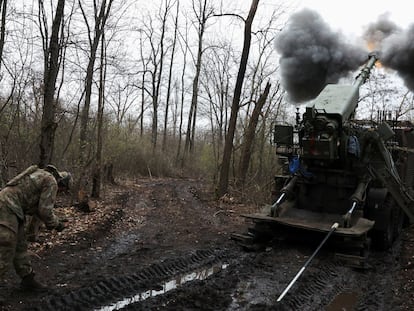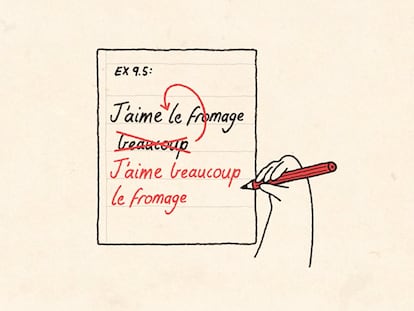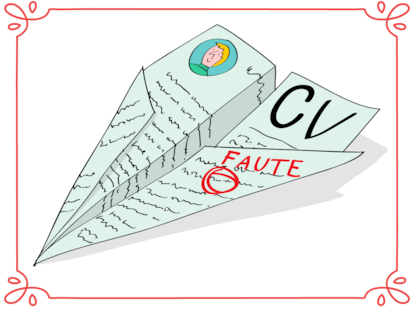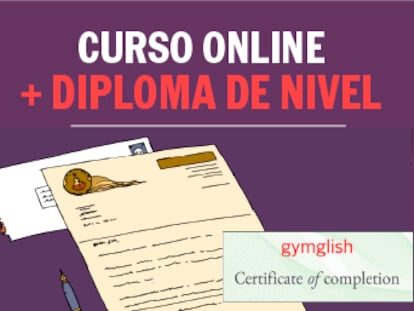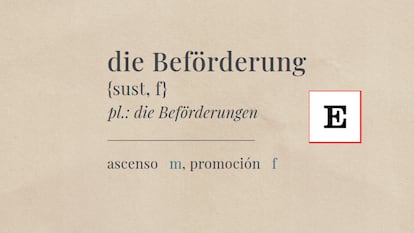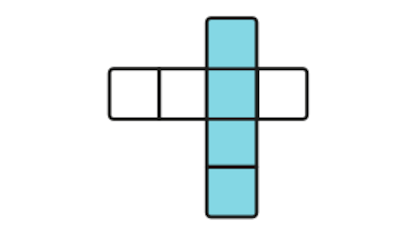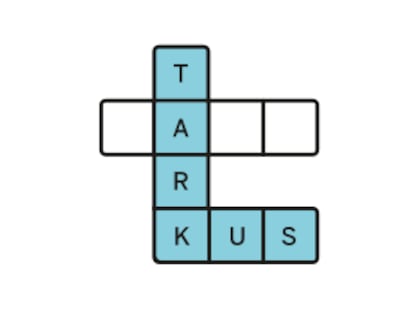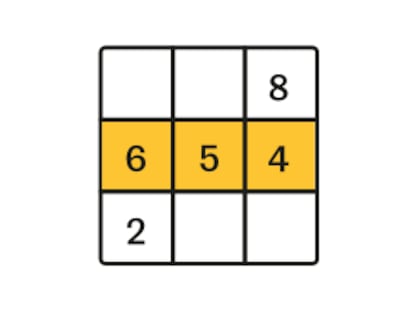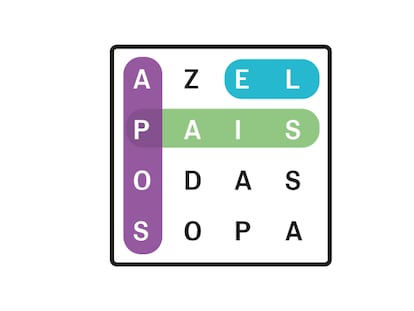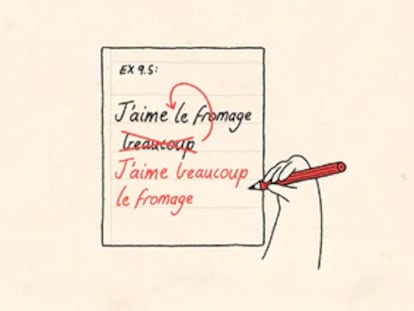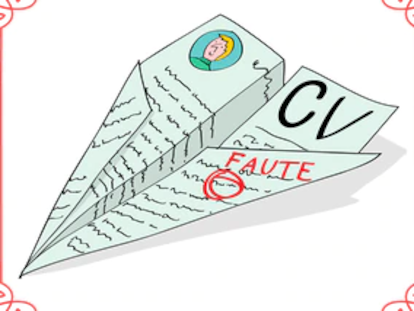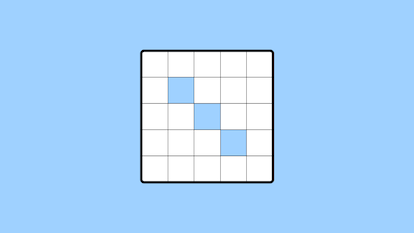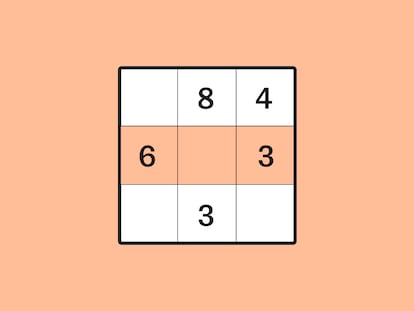Ukraine identifies 155 Chinese citizens fighting with the Russian army
Volodymyr Zelenskiy denounces a plan to recruit fighters through social media and maintains that Beijing authorities are aware of it. Soldiers undergo training for about two months before joining the offensive
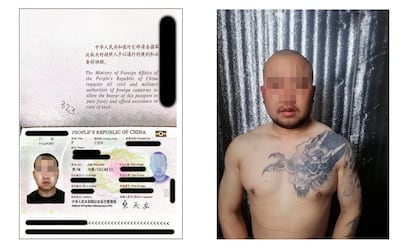

Wang Yue, 33; Sang Tianlong, 30; Xu Ban, 45; Xu Zengzen, 38… Ukrainian intelligence services have identified 155 Chinese nationals recruited by the Russian army to fight alongside them in the Donbas region. According to data held by Ukrainian intelligence, to which EL PAÍS has had access, Russia currently maintains a recruitment program for men residing in China, recruiting them through social media, facilitating their travel to Moscow, and, after training them, sending them to the front lines. Ukrainian President Volodymyr Zelenskiy told a group of journalists Wednesday that the recruitment channels for these citizens are not “secret,” and as such the Chinese authorities are aware of what is happening and must respond accordingly.
Several brigades of the Armed Forces of Ukraine have already engaged in combat with Chinese nationals in Russian uniform. Two of them, as Zelenskiy himself stated on Tuesday, were captured. One of these two soldiers, born in 1991 according to information gathered during interrogation, was detained in Bilohorivka (Luhansk). The other, born in 1998, was apprehended in Tarasivka (Donetsk), about 60 miles away. Both have been transferred to Kyiv. Given that several brigades have clashed with Chinese fighters at different points in the eastern sector, Ukrainian authorities believe that more Chinese citizens are now taking up arms alongside the Russians.
Intelligence services have compiled a dossier containing photographs and identification documents of the 155 Chinese identified. This file includes an image of the first two pages of their passports and a waist-up photograph of the recruits. In the portrait, members of the Russian levy pose in formation with bare chests and shaved heads.
The process begins on social media, including the Chinese platform TikTok, where Russia posts videos recruiting potential soldiers. Candidates to join the Russian army spend around three or four days in Moscow after arriving in the country. The training period lasts between one and two months. From there, they are sent to the trenches in eastern Ukraine. During their service, they receive migration cards, as well as a payment system through which they are given a sum of money.
Another dossier contains the available information on dozens of enlisted Chinese citizens, including their first and last names, dates of birth, arrival date in Russia, and the military branch they joined. Among the youngest, for example, is Wang Zeyan, 24. He arrived in October of last year and is already part of a motorized rifle battalion.
Lin Chuhan, 26, another of the soldiers listed in the records, arrived in May of last year. It is unknown whether he immediately began the recruitment process. What the information gathered by Ukrainian intelligence does indicate is that he operates in a platoon conducting so-called electronic warfare. There are others, like Wang Xiao, 28, who arrived last September and operates unmanned aerial vehicles.
“They are using weapons on Ukrainian territory against Ukraine,” Zelenskiy said at a press conference. Based on the information gathered, the government maintains that Chinese “leaders” are aware of this recruitment program. “We are not saying that someone is giving any kind of order; we don’t have that information,” the Ukrainian president clarified. “But we are stating that they knew about it.”
Following the capture of the two Chinese fighters in Donbas, Chinese Foreign Ministry spokesman Lin Jian called Zelenskiy’s claims about a larger contingent of Chinese citizens on the front lines “groundless.” “Ukraine should properly consider China’s efforts and constructive role in seeking a political solution to the Ukrainian crisis,” Lin said Wednesday, according to the Reuters news agency.
The Ukrainian president has not elaborated on the motivations these citizens may have for joining the Russian offensive. “I don’t yet know their motivation, whether monetary or not, political...” Zelenskiy continued, “but we will find out.” The Ukrainian newspaper Pravda reported Wednesday, based on information provided by the Luhansk Operational Tactical Group, that the man arrested in Bilohorivka received, according to his version, $3,480 through an intermediary in China. The main reason for his enlistment was to obtain a Russian passport, a reward that foreign soldiers under the Kremlin’s orders, such as Nepalese recruits, have already sought.
Exchange of prisoners
The Ukrainian government has expressed its willingness to exchange captured Chinese fighters for Ukrainian prisoners of war held by the Russian military. This option is also open to the two North Koreans captured last January, who, according to Kyiv, are still alive and well. “[Recruiting Chinese citizens] is Russia’s second mistake,” Zelenskiy said, “the first was with North Korea.” “They are pushing China into war,” he continued, “they are polarizing the world.” Kyiv has shared information about the Chinese recruits with U.S. officials, who expressed surprise and called the move “unacceptable.”
The capture of the first two Chinese recruits fighting on the Russian side prompted a protest from the Ukrainian government to Chinese authorities on Wednesday. Ukrainian Foreign Minister Andrii Sybiha summoned the chargé d’affaires sent by Beijing. The Chinese leadership maintains a close alliance with the Kremlin, strengthened precisely after the start of Russia’s full-scale invasion of Ukraine in February 2022 and following Washington’s expressed support for Zelenskiy’s government. Such is the rapport between the two countries that Russian President Vladimir Putin and his Chinese counterpart, Xi Jinping, have met face to face three times since the start of the major offensive against Ukraine.
This relationship has allowed Russia to better circumvent international sanctions. Beijing has increased its purchases of Russian hydrocarbons, partially punished in the West, while maintaining a steady flow of dual-use civilian and military equipment. EU High Representative for Foreign and Security Policy Kaja Kallas spoke on this matter from Brussels Wednesday, stating that, although it does not appear proven at the moment that the Chinese military is behind sending Chinese nationals to fight in Ukraine, what is clear is that “China is the main facilitator of Russia’s war.” According to Kallas, 80% of dual-use goods “enter Russia via China,” reports Silvia Ayuso.
Sign up for our weekly newsletter to get more English-language news coverage from EL PAÍS USA Edition
Tu suscripción se está usando en otro dispositivo
¿Quieres añadir otro usuario a tu suscripción?
Si continúas leyendo en este dispositivo, no se podrá leer en el otro.
FlechaTu suscripción se está usando en otro dispositivo y solo puedes acceder a EL PAÍS desde un dispositivo a la vez.
Si quieres compartir tu cuenta, cambia tu suscripción a la modalidad Premium, así podrás añadir otro usuario. Cada uno accederá con su propia cuenta de email, lo que os permitirá personalizar vuestra experiencia en EL PAÍS.
¿Tienes una suscripción de empresa? Accede aquí para contratar más cuentas.
En el caso de no saber quién está usando tu cuenta, te recomendamos cambiar tu contraseña aquí.
Si decides continuar compartiendo tu cuenta, este mensaje se mostrará en tu dispositivo y en el de la otra persona que está usando tu cuenta de forma indefinida, afectando a tu experiencia de lectura. Puedes consultar aquí los términos y condiciones de la suscripción digital.
More information
Archived In
Últimas noticias
Most viewed
- Reinhard Genzel, Nobel laureate in physics: ‘One-minute videos will never give you the truth’
- Oona Chaplin: ‘I told James Cameron that I was living in a treehouse and starting a permaculture project with a friend’
- Pablo Escobar’s hippos: A serious environmental problem, 40 years on
- Charles Dubouloz, mountaineering star, retires at 36 with a farewell tour inspired by Walter Bonatti
- Why we lost the habit of sleeping in two segments and how that changed our sense of time
